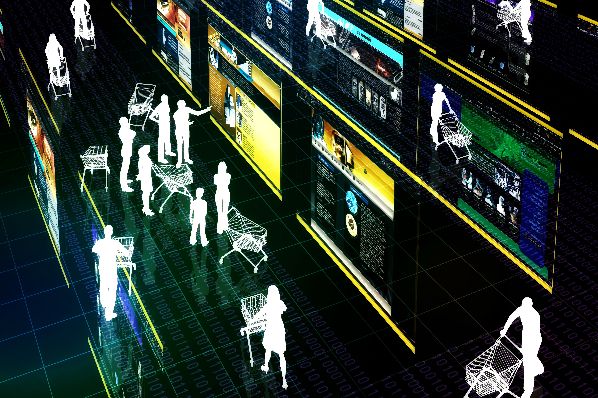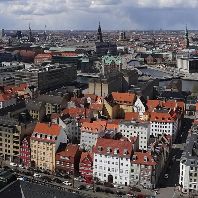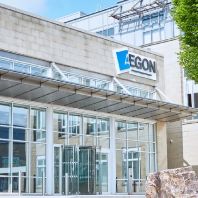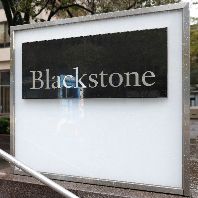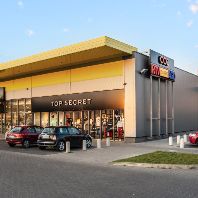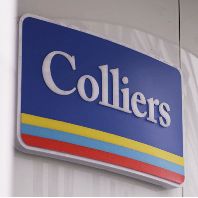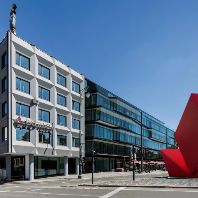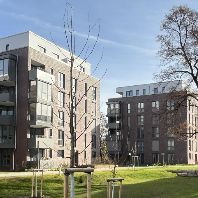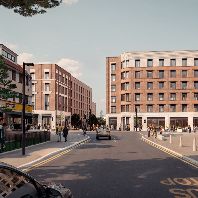A new report from GfK examines the co-evolution of innovative fashion and lifestyle stores alongside the increasingly significant “experience economy”. It identifies four key trends which can mitigate against the currently sinking retail share in private consumption that is prevalent in mature Western retail markets.
Manuel Jahn, retail expert at GfK, explained: "Some international fashion and lifestyle brands have become trendsetters for retail in general – but what makes them successful? What are the important trends emerging at successful stationary retail locations and how are these shaping the end consumers’ brand perception - and even shopping behavior? This is what we have set out to answer in our report.”
The main threat for retail does not lie in the often-cited dilemma between online and offline. Instead, the declining relevance of retail against other areas of private spending, such as housing, leisure and travel, should be addressed.
GfK’s data shows that the retail share of private spending has been declining in mature European retail markets for years. The average quota for the EU-28 was at 30.4% in 2015 compared to 31.2% in 2013. Retail spending was highest in Russia, where it amounted to 59.2% of private expenditure, and lowest in Italy, where it accounted for 25.8%. Retail accounted for 28.2% of private expenditure in Germany.
The data also shows that, the higher consumers’ per-capita purchasing power, the more they spend on recreational activities, entertainment and culture. This means that they spend proportionately less on retail and basic needs. Fashion and lifestyle products are one example: In the past half-decade, the average expenditure on clothing in Germany (per person, per year) has dropped from €550 to €450.
GfK’s report identifies four key trends for brick-and-mortar sites that support overall brand health and turnover, while simultaneously embracing the demands of the “experience economy” era.
- Focus on the physical: Retailers must satisfy today’s Connected Consumers’ demands for a variety of intangible qualities. The emergence of this so-called “experience economy” underlines the importance of the physical retail environment.
- It pays to look good: Carefully presenting and showcasing products enables retailers to take back control of the purchase process and counter the prevailing trend of limitless availability.
- The store matters: From the location and retail environment to the atmosphere of the actual shop: Location image, sales personnel and the style in which goods are presented are as important as the actual products.
- Step off the beaten track: Leading fashion retailers are migrating from established shopping roads to trendsetting locations with higher creative potential usually situated in mixed, concentrated and highly frequented surroundings.
Jahn continued, “Retailers need to embrace the benefits of physical stores, as well as the new opportunities presented by ecommerce. In this way, they can create the seamless shopping experiences that modern Connected Consumers expect. Our research has revealed several international fashion and lifestyle sites which showcase examples of how physical retail sites support brand strength and boost turnover. Armed with this insight about how to learn from the innovative approach of fashion and lifestyle retailers, the retail sector as a whole can benefit.”
